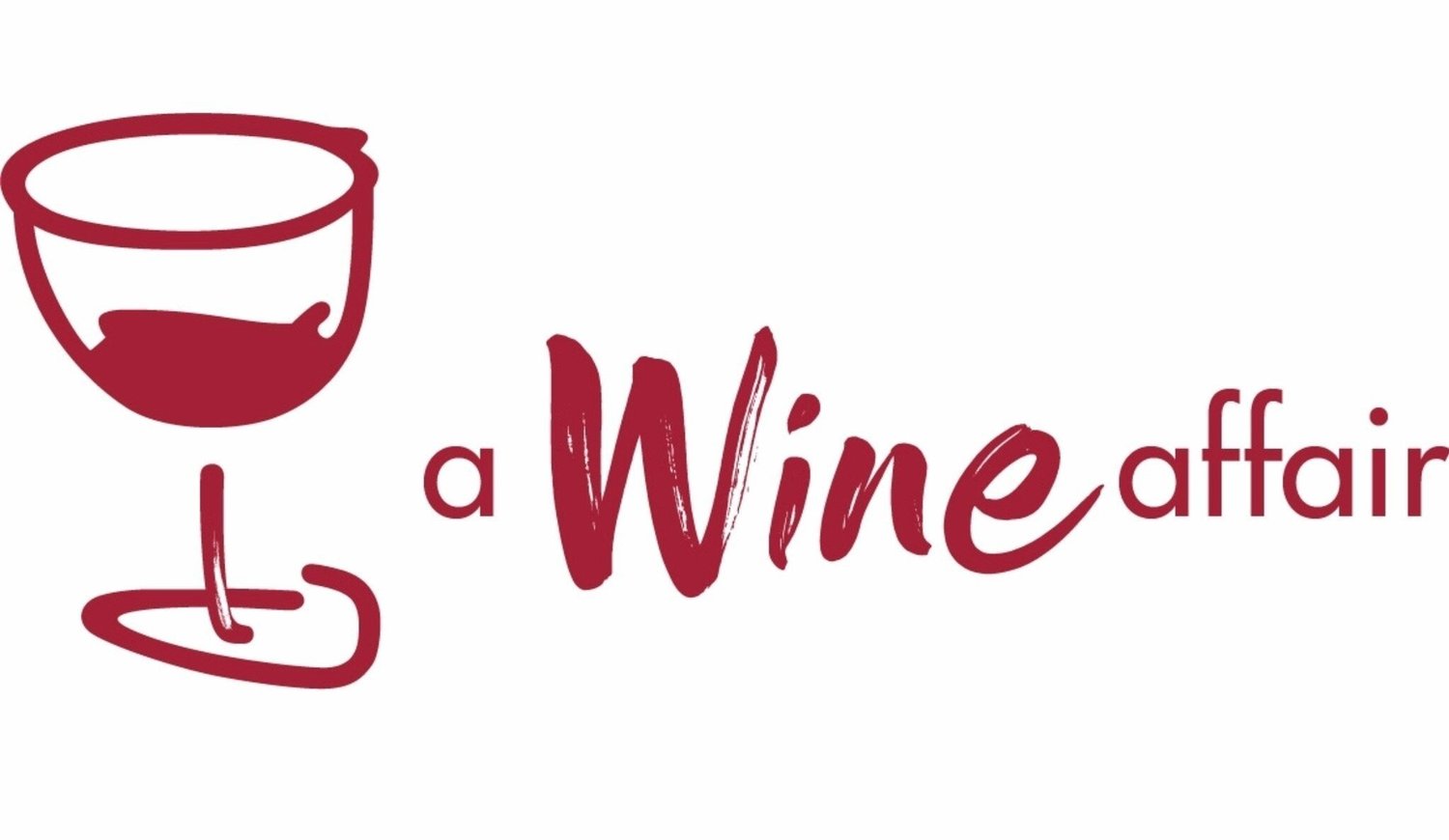What is biodynamic wine?
This tour is for those who already have a good knowledge of wine. We will visit a biodynamic winery in the Camargue. This will be special day out; you will be introduced to the general principles of biodynamic viticulture, some very original techniques that he applies in the vineyard(!) and driven into the vineyard to behold some spectacular views of the Camargue and (on a good day) a good chunk of southern France.
If you have ever heard a winemaker tell you that he buries cow horns, previously filled with dung, at the beginning of winter and that he was plans to dig them up in the spring to spread them in his vineyards? If so, rest assured, you are not crazy, and neither is he! He is simply a biodynamic wine maker, and although chances of him using cow horns are slim these days, he has a very different approach which is very different from traditional viticulture.
The concept of biodynamic farming is something many have heard about, but few fully understand. If you think that biodynamics is something akin to organic farming, you’re half right. While both types of agriculture eschew chemical fertilizers and pesticides, biodynamic farming also incorporates aspects of astrology. Among its central precepts is the idea that hidden elements connect a vineyard with the farmers who care for and cultivate it—and with the wider world and universe.
Biodynamic wine finds its source in a vineyard that has created a sustainable ecosystem.
In biodynamic growing, the vineyards are considered to be a living organism. Biodynamic practices aim to strengthen the unity, balance and resistance of this organism, and thus create harmonious living conditions between the earth, the heavens, the plant and its entire ecosystem. Cultivation focuses on prevention and on enhancing the soil and the vines in their natural environment, as well as creating an equilibrium between pests that are predators and prey.
The use of pesticides and artificial herbicides in the vineyard is absolutely prohibited and winemakers allow nature do all of the work. For example, sheep may be left to roam throughout the vineyard plots. This not only helps to contain the weeds it also helps to fertilise the vines. Chickens may also be introduced into the vineyards; they will feed on the bugs as well as help fertilise the soil.
With the climate of southern France ideally suited to organics and biodynamics, it’s no surprise that producers here are embracing environmentally conscious viticulture.
i
€ 175.00/person.
Minimum 2 persons. Maximum 4 persons.








